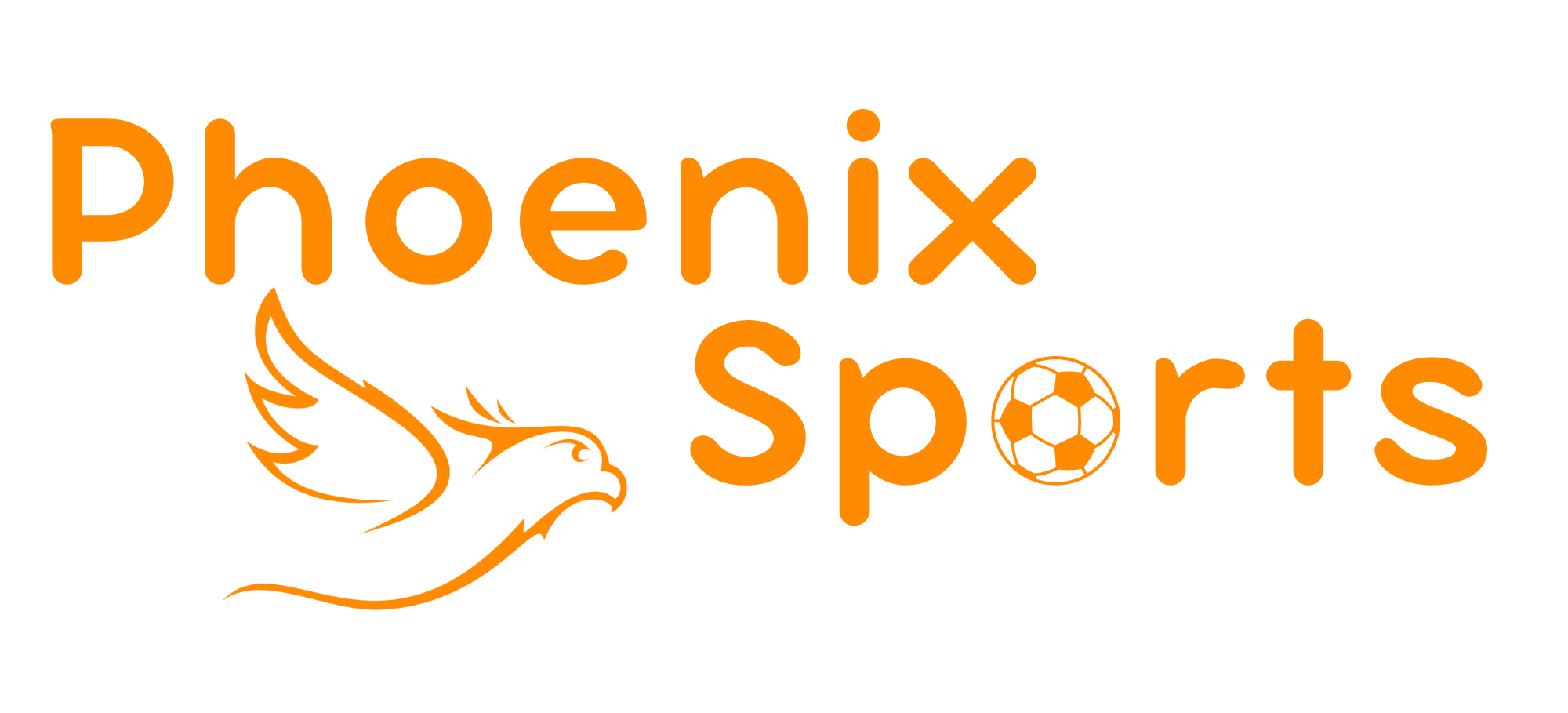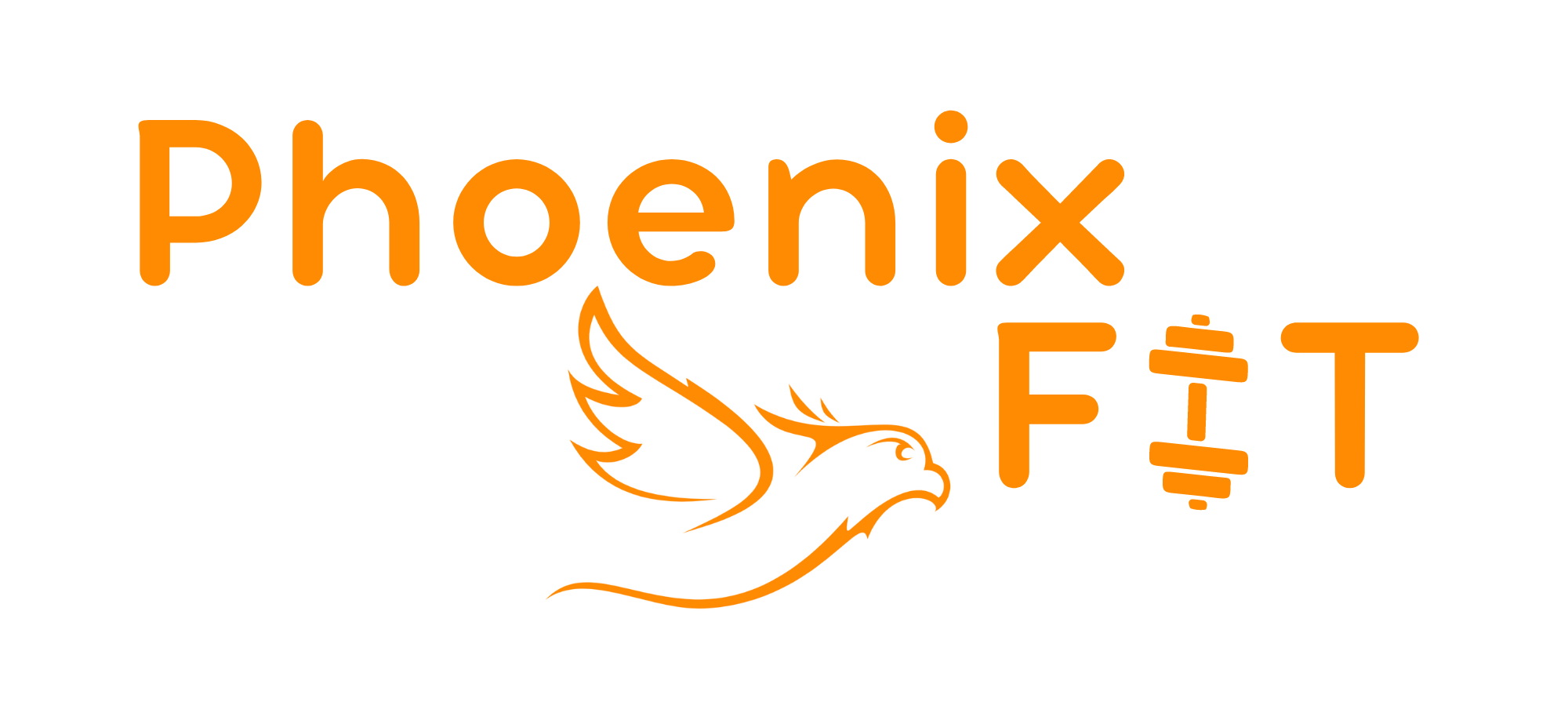Our Curriculum
Phoenix Sports is designed and created by a professional classroom educator. Our owner Douglas Goldfein has 9 years of classroom teaching experience. Douglas knows the importance and the effectiveness that small group instruction can have on a child's learning experience. At Phoenix Sports, we believe in the small group approach in order to deliver individualized instruction and greater one-on-one coaching time in each sports session. At Phoenix, children will not be lost in large groups and each child will be on a plan to master the sport at a pace that is right for him or her.
Our curriculum is developed so that each camp builds upon the previous camp. Our coaches dissect each sport into simpler steps that are based on the child's age and their ability. Each sports session is scaffolded to build and improve on the previous skills learned.
What is scaffolding?
In education, scaffolding refers to a variety of instructional techniques used to move students progressively toward stronger understanding and, ultimately, greater independence in the learning process. (edglossary.org)
Phoenix Sports uses this strategy to help chunk the skills needed to learn the sport into sections. We start small and build up to the more complex skills that are needed. One of the main strategies and techniques that we use is called "I Do, We Do, You Do". This is a strategy used in education and can also be called the "Gradual Release of Responsibility".
The "I Do" part of this strategy is where the coach will first demonstrate the desired outcome and might demonstrate the activity 2-3 times for the athletes. Phoenix Sports coaches are trained to use positive and reinforcing language that shows the young athletes it is ok to make a mistake and to keep going.
The "We Do" part, is where the coach and the athletes do it together. The group might run through the skill/drill 2-3 times together so that the athletes are comfortable and can move on to the next part of the strategy.
The "You Do" part of this strategy is when the athletes do it themselves. The take control and run the exercise by without the coach. The coach is actively watching and helping the athletes complete the exercise correctly. While promoting positive language and helping the athletes build confidence in themselves and their play.

